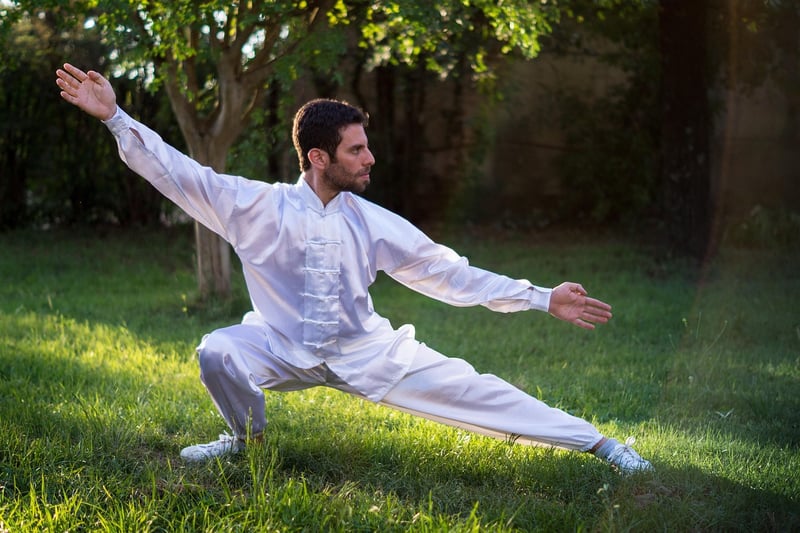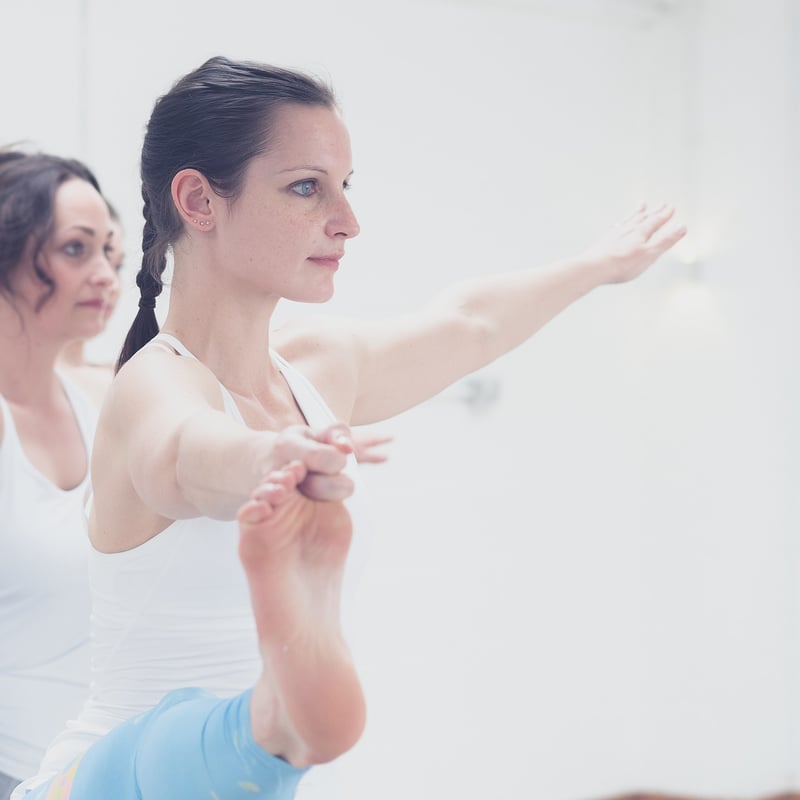Balance Exercises
Gentle Movements for Body-Mind Connection + Balance Exercises
In our fast-paced world, finding moments to connect with our bodies and minds is essential for overall well-being. By incorporating gentle movements and balance exercises into our daily routine, we can improve our physical health while also enhancing our mental clarity and focus.
The Importance of Body-Mind Connection
Body-mind connection refers to the link between our physical body and mental state. When we are in tune with our bodies, we can better manage stress, improve our posture, and increase our overall sense of well-being. Practicing mindfulness through gentle movements can help us cultivate this connection.
Gentle Movements for Body-Mind Connection
Yoga, Tai Chi, and Qigong are excellent practices for fostering body-mind connection. These gentle movements focus on breath work, mindfulness, and fluid motions to promote relaxation and inner peace. By incorporating these practices into your routine, you can experience improved flexibility, reduced tension, and increased awareness of your body.
Yoga:
Yoga combines physical postures, breathing techniques, and meditation to promote strength, flexibility, and relaxation. Poses such as downward dog, tree pose, and child's pose can help you connect with your body and quiet your mind.
Tai Chi:
Tai Chi is a Chinese martial art known for its slow, flowing movements. Practicing Tai Chi can improve balance, coordination, and mental focus. The gentle nature of Tai Chi makes it accessible to people of all ages and fitness levels.
Qigong:
Qigong is an ancient Chinese practice that combines gentle movements, breathing techniques, and meditation to cultivate energy and promote healing. The slow, deliberate motions of Qigong can help you center your mind and connect with your body's natural rhythms.
Balance Exercises for Physical Health
Balance exercises are crucial for improving stability, coordination, and preventing falls, especially as we age. Incorporating balance exercises into your routine can help you maintain independence and mobility throughout your life.
Standing on One Leg:
Stand near a wall or chair for support, then lift one leg off the ground and hold for 10-30 seconds. Switch legs and repeat. This exercise helps strengthen the muscles in your legs and improve balance.
Heel-to-Toe Walk:
Position one foot in front of the other so that the heel of the front foot touches the toes of the back foot. Take a few steps forward in this position, then switch feet. This exercise challenges your balance and coordination.
Balance on an Unstable Surface:
Try standing on a foam pad or a balance board to add an extra challenge to your balance exercises. Engaging your core muscles and stabilizing your body on an unstable surface can improve balance and proprioception.
By incorporating gentle movements for body-mind connection and balance exercises into your daily routine, you can enhance your overall well-being and lead a more active, mindful life.



